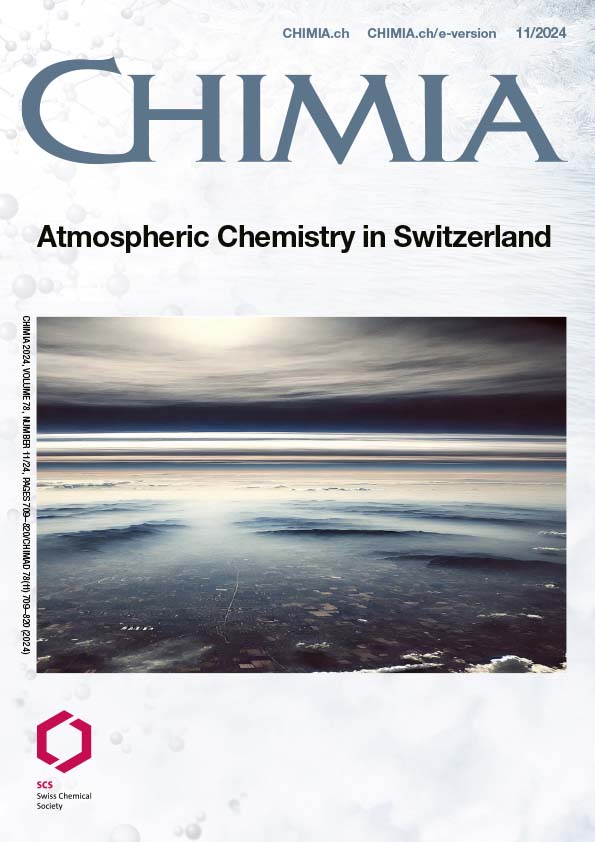Unveiling the Implicit: Arctic Coastal Aerosol Processes
DOI:
https://doi.org/10.2533/chimia.2024.748PMID:
39618276Keywords:
Aerosol, Arctic, Coast, Cloud condensation nuclei, Ice nucleating particlesAbstract
Arctic coasts cover more than 101,000 km and emulsify terrestrial, marine and socio-economic ecosystems. All three components produce specific emissions that contribute to the mix of atmospheric constituents, which are processed and dispersed in the coastal atmosphere to contribute to cloud formation through cloud condensation nuclei and ice nucleating particles. Clouds strongly influence the coastal energy balance. Importantly, Arctic coastal ecosystems are exposed to multiple pressures such as the warming atmosphere and ocean, the thawing cryosphere and the expanding anthropogenic activities. This means that coastal emissions and atmospheric processes are in constant evolution. Given the large area covered by coasts and the mix of emission sources, coastal aerosol processes deserve quantification to better understand their role in accelerated Arctic climate change.
Funding data
-
Schweizerischer Nationalfonds zur Förderung der Wissenschaftlichen Forschung
Grant numbers 200021_212101 -
Swiss Polar Institute
Grant numbers SPI-FLAG-2021-002 -
Horizon 2020
Grant numbers 101003826 via project CRiceS
Downloads
Published
Issue
Section
License
Copyright (c) 2024 Julia Schmale, Benjamin Heutte, Joanna Dyson

This work is licensed under a Creative Commons Attribution 4.0 International License.







